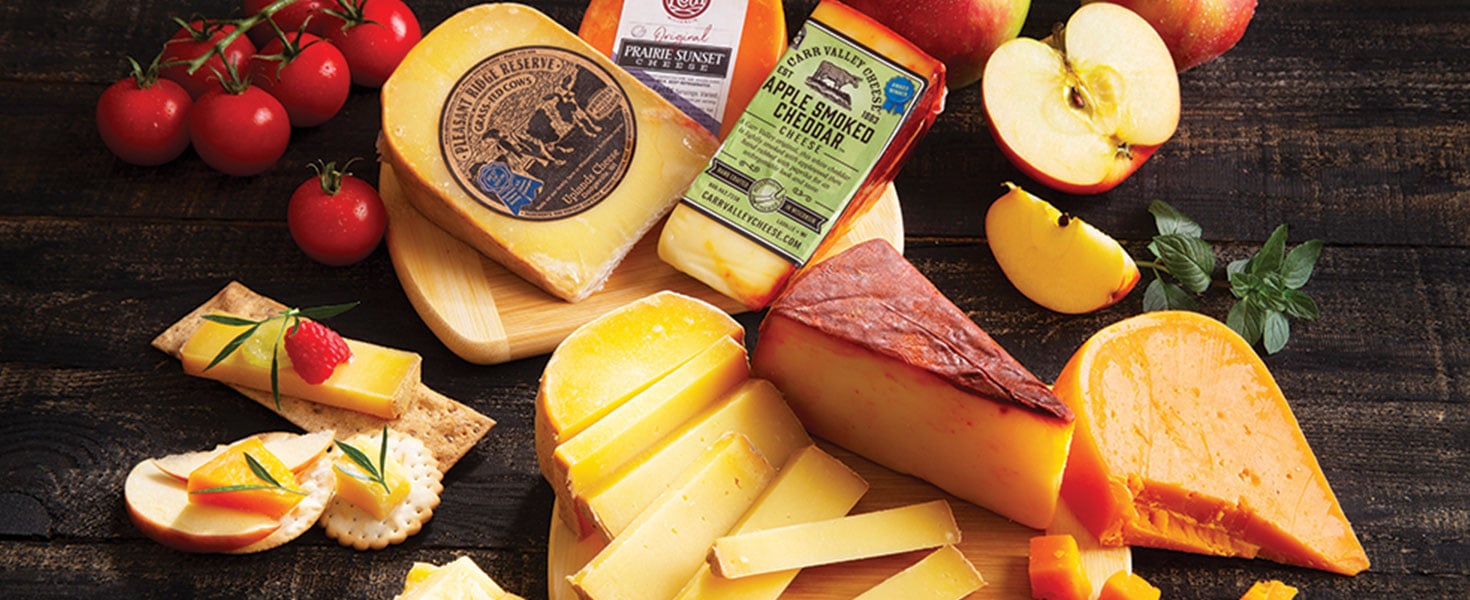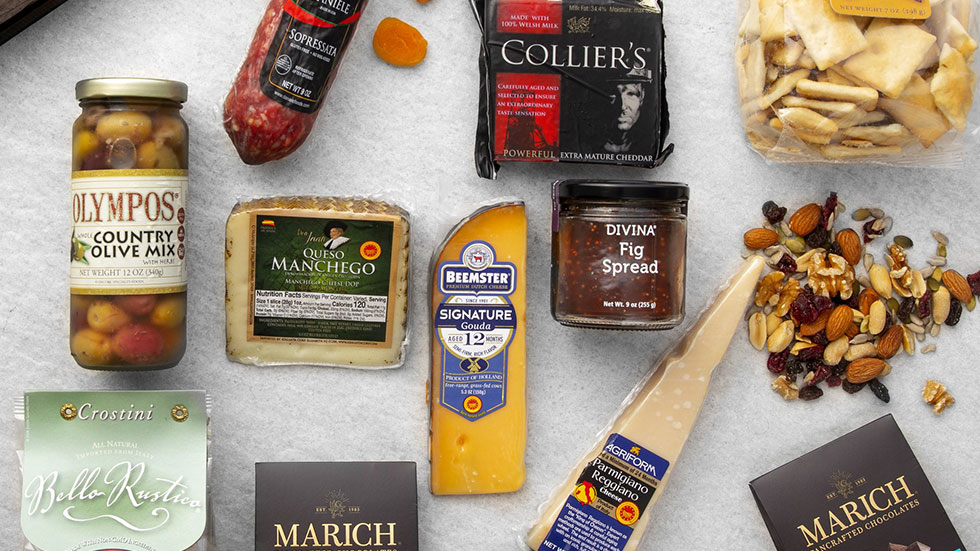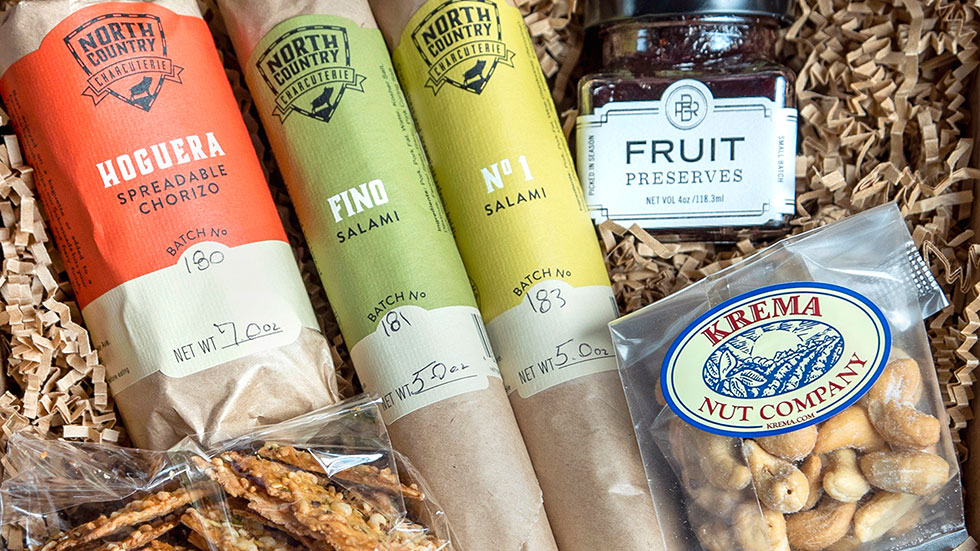
When the pandemic began, some people coped with stress by baking sourdough bread. Others planted vegetable gardens. Not Jillian Harris. She spent time arranging meat, cheese, fruit, and sweets in an edible tableau.
Her family and friends were so thrilled that the Newark, Delaware, resident started a business, The Cute in Charcuterie. She joins at least three other Delaware women who’ve begun similar companies.
However, it’s not easy to pull off the perfect board. “People don’t realize how much time it takes to make it look pretty,” Harris said.

UNDERSTAND THE ORIGIN OF CHARCUTERIE
A history lesson is an excellent place to start. On modern menus, charcuterie refers to platters of meat, cheese, fruit, and condiments. In reality, it’s a specialized branch of cooking focused on preserved meats. Think sausages, smoked ham, terrines, and confit.
Not only did these foods help people survive winter before refrigeration, but they also allowed thrifty butchers to use animal scraps in delicious dishes.
Classically trained chefs still uphold the true definition of charcuterie—and it takes skill to master. However, most of us picture a lavish spread that either starts a meal or serves as a light repast.
KNOW YOUR AUDIENCE
Always consider your guests’ dietary preferences. If you are hosting vegans, add more nuts to the assortment.
Today, many sausage products come in turkey versions for those who don’t eat red meat. There are also plant-based options.
Consider cured or smoked salmon with capers, shallots, and cream cheese for pescatarians, suggests Josh Archibald, executive chef at Tillamook, a dairy co-op.

OFFER VARIETY
To be sure, a diverse lineup ensures that there’s something for everyone, says Jon Cichon, executive chef of Lacroix at The Rittenhouse Hotel in Philadelphia.
You also need a range of textures. For instance, the chef recommends two to three hard and semi-firm cheeses, one blue and one soft.
Bryce Norblom, the lead chef instructor at August Escoffier School of Culinary Arts in Boulder, Colorado, agrees. Showcase contrasting textures. If you have a soft item, such as a pate, rillette or soft cheese, you should also have a firm meat or cheese, and hard meat, such as salami.
“Being able to have different textures allows for more unique bites each time,” Norblom says.
And if you have salty, you need sweet. At North Italia in Tucson, Arizona, chef Carlos Calderon often serves prosciutto with figs.
DON’T FORGET THE ACCOUTERMENTS
Fruit takes the board to the next level. Cichon likes to include seasonal fruit marmalades, such as rhubarb or Meyer lemon preserves in spring. Any jam, spread, or chutney offsets the saltiness or spiciness of certain meats, explains Norblom. Honey or honeycomb is a common element.
Pickled items bring acidity to the mix to offset fatty sausages. “They also add to the presentation by incorporating colors to the board,” Norblom notes.
Other options:
- Mustards
- Olives
- Dried apricots
- Gherkins
- Chocolates or chocolate covered nuts or fruit
- Crackers or bread
- Cookies
- Fresh fruit
- Salted caramels
- Macaroons
- Pretzels
USE RESTRAINT
Don’t pile the platter too high, Calderon warns. “The goal is to tell a story and think about how your accompaniments add to the features. You don’t want there to be too many options or ingredients that don’t pair well.”
In other words, guests should appreciate each item, not the sheer volume of options.
CREATE A BEAUTIFUL BOARD
When Harris first started The Cute in Charcuterie, it took her more than an hour to arrange her boards. “I was focused on getting it right and having it look good,” she explains.
Search engines will produce a wealth of ideas. Typically, the items are arranged on a flat cutting board—usually one with a handle. But don’t be afraid to think outside the box.
Given the pandemic, mini charcuterie boards have become more popular than a serve-yourself spread, Cichon says. Or stack cheese, meat, and condiments in a jar for individual servings.
A “jarcuterie” could be just the icebreaker the party needed.
